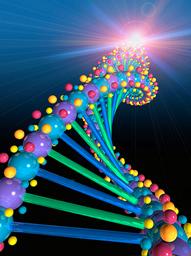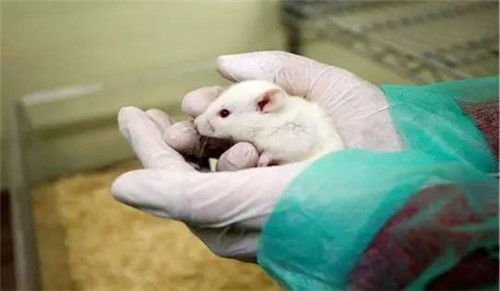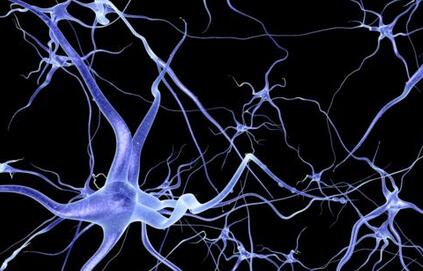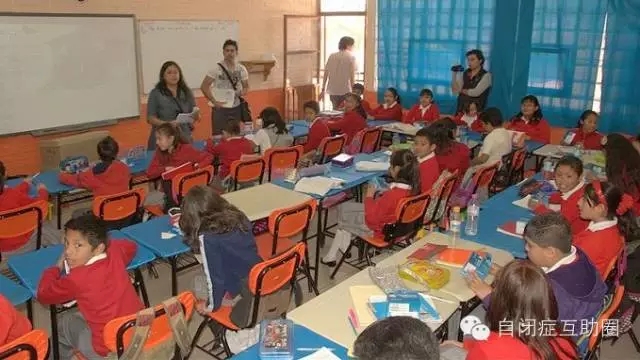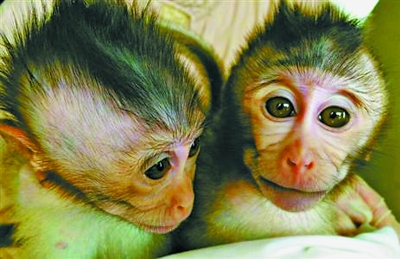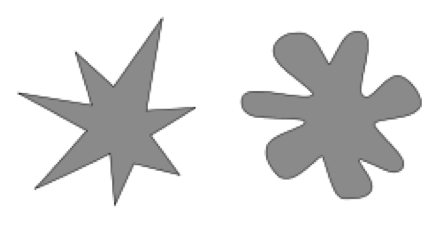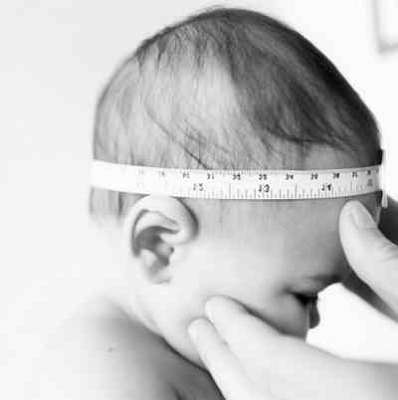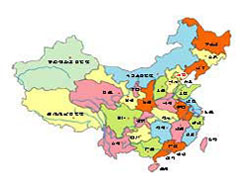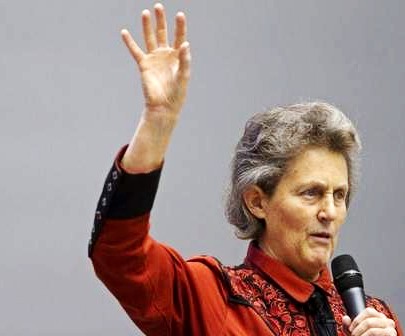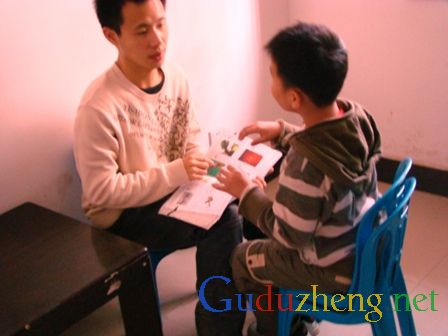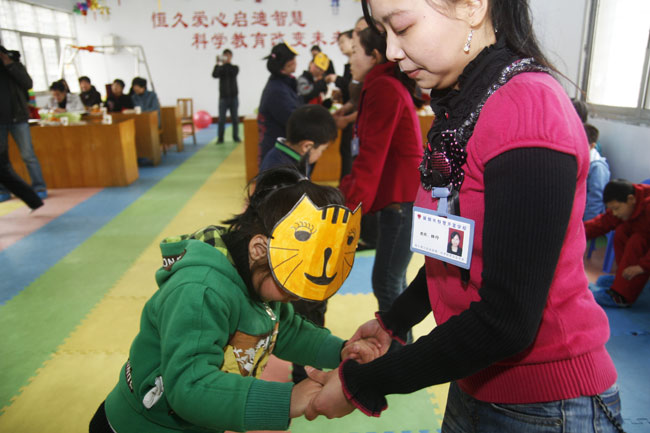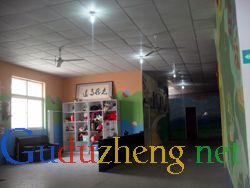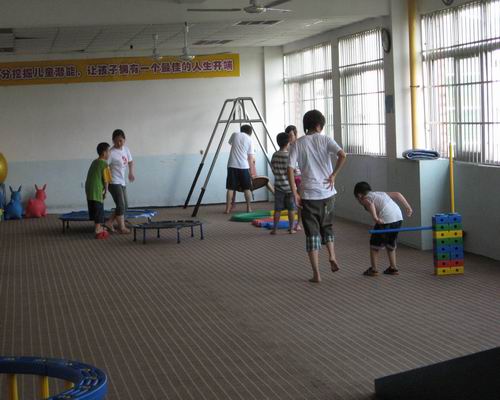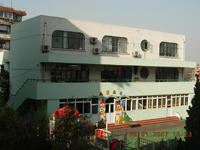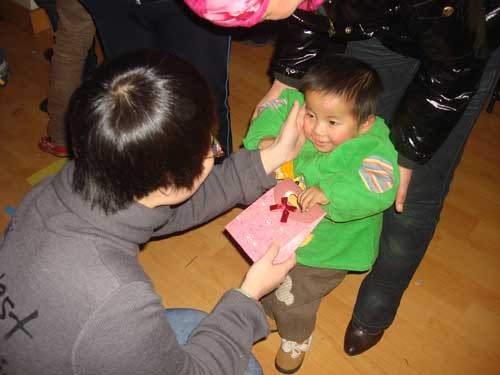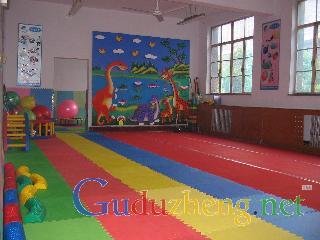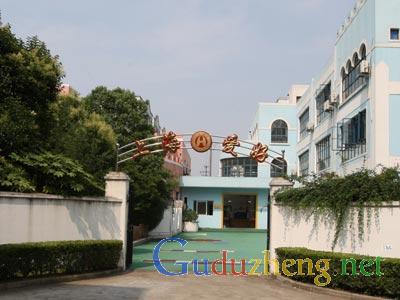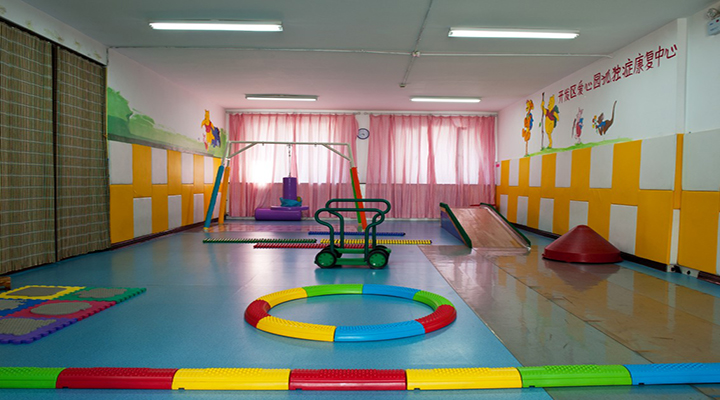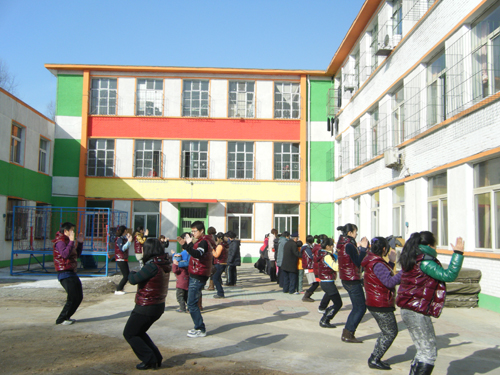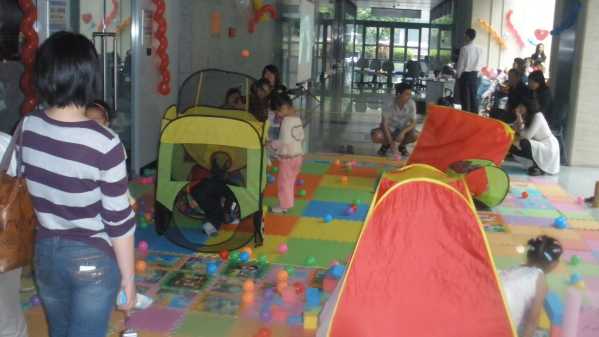Medical News Today by Jennifer Michalowski (Howard Hughes Medical Institute)
翻译: 瑾心 www.autismawakening.org
中东家庭帮助科学家寻索自闭症的基因突变, 正在慢慢地进行当中, 主要是因自闭症含概了广范的失常症状, 这也是为什么要发现是否基因突变导致自闭症.
现在,霍华德・休斯医疗学院 (Howard Hughes Medical Institute) 调查员, 克里斯托弗.华斯 (Christopher Walsh), 与在美国、土耳其、沙特阿拉伯、巴基斯坦和科威特的科学
克里斯托弗.华斯,尧云永(Seung-Yun Yoo译音)和他们的同僚分别在,以色列女执事医疗中心(Beth Israel Deaconess Medical Center)、波士顿儿童医院(Children's Hospital Boston),和在麻萨诸塞综合医院(Massachusetts General Hospital)服务的遗传学家,艾力克.莫罗(Eric Morrow),一起在
克里斯托弗.华斯 (Christopher Walsh) 引用作者里欧拓斯吐 (Leo Tolstoy) 小说 “Anna Karenina”中的一句话, “所有快乐的家庭享有同样的幸福,但每个不快乐的家庭在他们自己不同的道路上怏怏不乐” (where all happy families are the same, but every unhappy family is unhappy in their own way.) 如同自闭儿享有共同的三个关键特征:他们的语言能力发展迟缓, 他们很难进入社交互动, 他们会一直重复不当的行为反应; 但是除此之外, 自闭症的形态仍是难以捉摸的, 在不同的功能上产生摧残作用.
变异 (variation) 是多种基因造成混乱的证据, 而且要发现这些基因是极度困难的, 光用一个基因来研读所有个体会被改变以致于失常是不可能的, 所以科学家同意自闭症的起因是牵涉广泛的基因,他们对这个因素的认识还很陌生, 华斯 (Christopher Walsh) 说, “当时, 我们能了解基因造成自闭症的起因只有15%到20%, 剩余的80%仍是无法解释的”.
华斯和他的同事试图从兄弟姐妹的染色体中, 来辨别自闭症的基因和没自闭症的基因.在美国,这项研究非常困难, 因这个国家是由典型小型的多数家庭组成,所以华斯与中东的自闭症研究员合作, 因中东大多数是有六个孩子的大家庭, 相形下美国和欧洲大多数是只有二到三个孩子的小家庭, 在中东家庭血缘内的基因比较会容易了许多.
华斯和他的同事采取另一个不同的步骤, 使发现自闭症基因更加容易: 他们具体地瞄准了母亲和父亲分享一个近亲血缘的家庭.华斯解释 “这共有的祖先会大致加倍子孙的机会受影响…当风险机率增加会使研究容易观察, 例如比较40岁生的孩子和在年龄20岁时生的孩子,但更加重要的是,拥有共同祖先的血缘能提供一个线索, 使跟踪继承变化的踪影更加容易”.
华斯和他的同事从八个国家: 乔丹、沙特阿拉伯、科威特、阿曼、巴基斯坦、卡塔尔、土耳其和阿拉伯联合酋长国 (Jordan, Saudi Arabia, Kuwait, Oman, Pakistan, Qatar, Turkey, and the United Arab Emirates) 中, 来研究88个这样的家庭,从五个家庭中有自闭症,他们发现一个大段的个体染色体是不见的, 而其它没有自闭症的家员仍保有这个大段的个体染色体.
华斯说, “许多这些不见的基因密切关系着学习的功能…具体而言, 这些不见的基因帮助脑神经细胞执行突触 (synapses) 的物理变动, 为要加强学习和新记忆的形成…这在对自闭症的发展是一个重大发现…因有许多证据建议对突触神经的认识, 是帮助了解自闭症的关键.”
华斯和他的同事非常受激励, 因为他们发现了基因的减除会改变原有功能活动的方式。他说「仅这个删除完全地除去一个基因…其它不见的基因区域紧挨着拥有 (学习) 开关功能的基因”.
华斯说, “这会影响如何治疗某些自闭症症状的新可能性…当自闭症是由一个缺掉基因时造成的,唯一的选择也许是使用基因疗法(gene therapy)替换它,但当起因是一个残破的(基因)开关时, 有其中一些基因可以被其它方式激活的,如研究显示,将许多自闭症儿童安置在加重的学习环境中,会帮助他们克服学习障碍; 这加重学习的环境能在脑内启动通过残破开关(基因)的路,为了能描绘更多关于多种形态自闭症中的基因突变,我们也许能预言哪些孩子需要基因疗法,和哪些孩子只需要某种方法的训练”.
华斯说, 研究团队将继续从单纯的研究, 进一步到辨认更多与自闭症相关的基因,但他强调另一个更大的讯息: “其中一个最扣人心弦的调查, 是设法了解这些自闭症的突变化在告诉我们, 基因是如何在学习机能范围内被调控, 我们若能可以了解关于这些基因控制越多,我们就可以帮助许多特殊儿越多”.
Middle Eastern Families Help Scientists Pinpoint Autism Genes
Medical News Today by Jennifer Michalowski (Howard Hughes Medical Institute)
The hunt for gene mutations that contribute to autism has proceeded slowly, largely because autism encompasses a spectrum of diseases. Just as its symptoms vary widely among individuals, so do the genetic mutations that cause them.
Now, Howard Hughes Medical Institute investigator Christopher Walsh, in collaboration with scientists and physicians in the United States, Turkey, Saudi Arabia, Pakistan, and Kuwait, has used a new strategy to identify six genes that, when mutated, contribute to autism. By focusing on large families in which both parents share a recent ancestor, Walsh and his colleagues were able to hone in on rare mutations that had remained elusive in previous studies.
Walsh, who is at
Walsh likens autism to Leo Tolstoy's novel Anna Karenina, "where all happy families are the same, but every unhappy family is unhappy in their own way." Autistic children share three key traits: they're slow to develop language, they are poor at social interactions, and they repeat stereotyped behavior over and over. But that's where the similarities end; some forms of autism are subtle, whereas others devastate every aspect of functioning.
This variation is evidence of the wide variety of genes that can contribute to the disorder, Walsh says, and makes finding those genes difficult. It's not possible to look for a single gene that is mutated in all individuals with the disorder, as has been done with diseases such as cystic fibrosis or Huntington's disease. So while scientists agree that the causes of autism are largely genetic, they are far from understanding those factors. "At the moment, we understand the genetic causes of 15 to 20 percent of autism," Walsh said. "The remaining 80 percent remain unexplained."
Walsh and his colleagues have been attempting to identify autism genes by comparing the genomes of autistic and non-autistic siblings. In the
So Walsh collaborated with researchers from the
Walsh and his colleagues took another step to make finding autism genes easier: they specifically targeted families in which the mother and father shared a recent ancestor. "This shared ancestry roughly doubles the chance of offspring being affected," he explained. "This increase in risk is modest - about the same as having a child at age 40 versus at age 20 - but more importantly, the shared ancestry provides a trace that makes it easier to track inherited mutations."
Walsh and his colleagues studied 88 such families, from eight countries:
Many of these deletions inactivated genes involved in learning, Walsh said. Specifically, they help nerve cells carry out the physical changes to their synapses that underlie learning and the formation of new memories. Walsh said that in a developmental disorder like autism, that was an important find. "There's lots of evidence to suggest that this process of synaptic learning is key to autism," he said.
But he and his colleagues are also excited because of the way in which the deletions they found alter gene activity. "Only one of these deletions completely removed a gene," he said. The others removed areas close to the genes that contain the genes' "on/off switches."
Walsh said that raises new possibilities about how to treat some forms of autism. When autism is caused by a missing gene, the only option may be to replace it using gene therapy, he said. But when the cause is a broken on/off switch, "there are other ways in which some of these genes can be activated," he said. For instance, studies have shown that placing many autistic children in enriched learning environments helps them move past the disease. These environments can activate pathways in the brain that bypass the broken on/off switches, Walsh said. "By being able to characterize more about the genetic mutations at work in various forms of autism, we may be able to predict which kids need gene therapy, and which just need some form of training," he said.
Walsh says the team will continue to sift through data from the study to identify more autism-related genes, but he stressed that there is also a larger message. "One of the most exciting areas of investigation is trying to understand what these autism mutations are telling us about how genes are regulated in the context of learning," he said. "The more we can understand about the control of these genes, the more we can help a lot of different kids."
- 发表跟帖
- 相关文章
- 热门文章
 家长一点通:
家长一点通:
